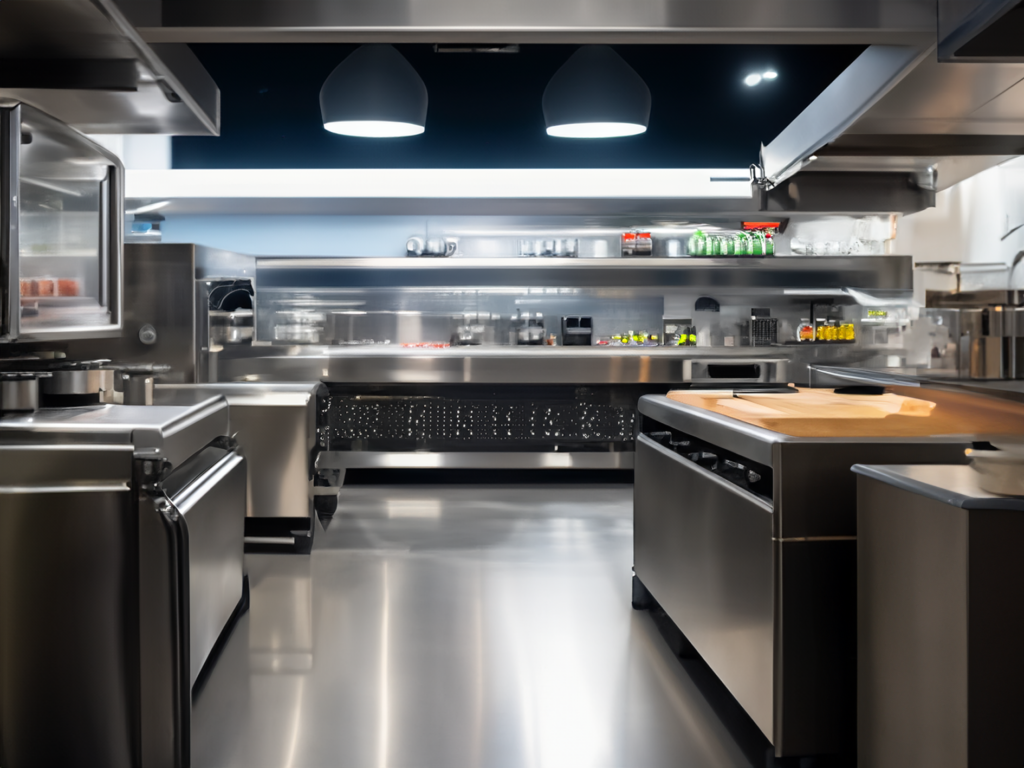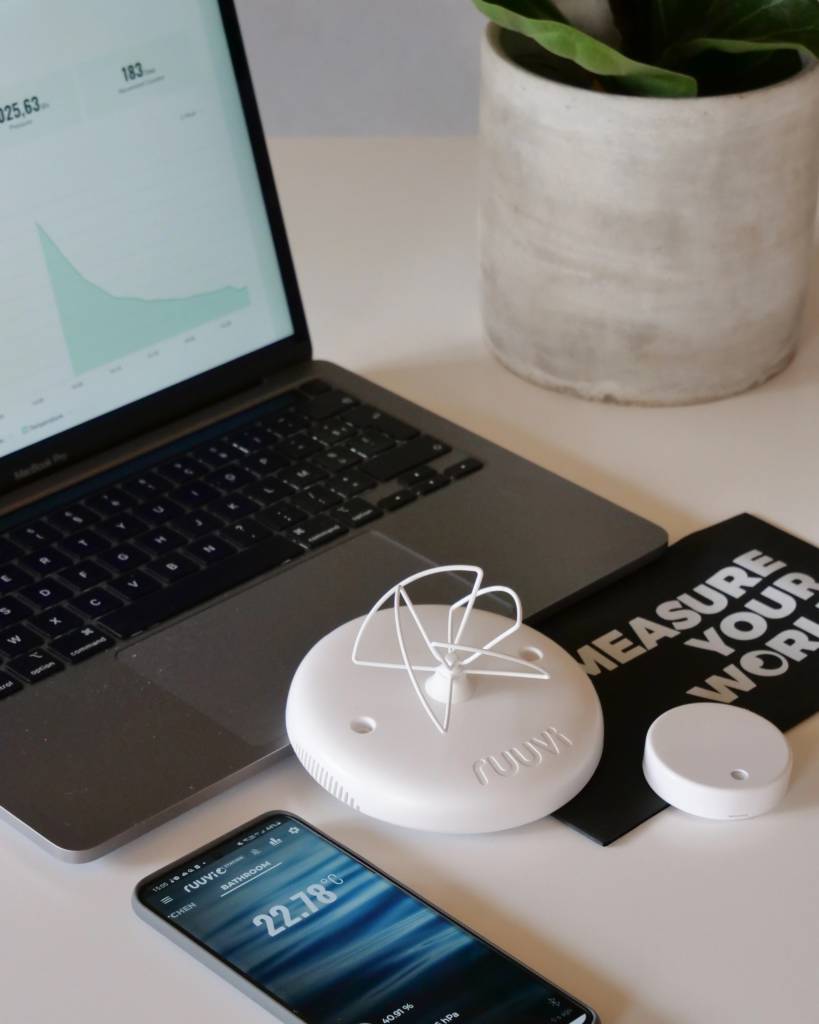In the fast-paced world of the restaurant industry, where quality control and efficiency are paramount, leveraging advanced technology can significantly enhance operational workflows and ensure compliance with health regulations. Among the scale of technological innovations available to restaurateurs, Bluetooth temperature sensors have emerged as a game-changer for managing food safety and optimizing kitchen operations.
This article goes into the benefits, features, and considerations of integrating Bluetooth temperature sensors into a restaurant’s ecosystem, targeting owners who are on the lookout for reliable, wireless solutions to maintain their food’s integrity and safety.
Introduction to Bluetooth Temperature Sensors
Bluetooth temperature sensors represent a leap forward in wireless technology, offering a seamless and efficient way to monitor temperature conditions in real-time. These compact, wireless devices communicate temperature data to smartphones, tablets, or central monitoring systems, eliminating the need for manual checks and paper logs.
For restaurants, this means a more robust approach to food safety management, ensuring that all perishable items are stored and cooked at optimal temperatures, thereby reducing the risk of foodborne illnesses.

Why Do Restaurants Need Bluetooth Temperature Sensors?
The importance of maintaining strict temperature controls in a restaurant cannot be overstated. Incorrect temperature settings can lead to food spoilage, waste, and potentially severe health risks to customers. Bluetooth temperature sensors automate the monitoring process, providing alerts and insights that help kitchen staff take immediate corrective action. You can read more about this subject from World Economic Forum.
This technology simplifies the audit process with accurate, digital records.
Key Features and Benefits
Here is some of the most important features and benefits offered by Bluetooth temperature sensors:
Real-time Monitoring and Alerts: Bluetooth temperature sensors continuously monitor the environment, sending instant alerts to designated devices if temperatures deviate from set ranges. This feature allows for immediate intervention, preventing food spoilage and ensuring safety.
Ease of Installation and Use: Unlike traditional wired systems, Bluetooth sensors are easy to install and can be placed anywhere, offering flexibility in monitoring different zones within a restaurant, from refrigerators to hot holding areas.
Data Logging and Analysis: These sensors provide valuable data for trend analysis and operational improvements. By tracking temperature over time, restaurant owners can identify equipment issues, optimize energy usage, and enhance food quality.
Cost Efficiency: By preventing food waste and energy overuse, Bluetooth temperature sensors can lead to significant cost savings. Additionally, their wireless nature reduces installation costs compared to wired alternatives.

Integrating Bluetooth Temperature Sensors in a Restaurant
The integration of Bluetooth temperature sensors into a restaurant’s operations involves several steps, including selecting the right sensors for different areas (e.g., freezers, refrigerators, cooking stations), setting up a central monitoring platform, and training staff on how to respond to alerts. You should also consider the compatibility with existing systems and the scalability of the solution to ensure a seamless technology stack.
Choosing the Right Bluetooth Temperature Sensor
When selecting a Bluetooth temperature sensor, consider the following factors:
Accuracy and Range: Look for sensors with high accuracy and a temperature range suitable for your specific needs, whether monitoring freezer temperatures or cooking environments.
Battery Life: Opt for sensors with long battery life to reduce maintenance efforts and ensure continuous monitoring.
Connectivity and Integration: Ensure the sensor can easily connect to your existing infrastructure and is compatible with your monitoring software or apps.
Case Study – Ruuvi in a Supermarket
Many restaurants have successfully implemented Bluetooth temperature sensors, leading to improved food safety, reduced waste, and enhanced operational efficiency.
Here is a link to a case where a supermarket is using Ruuvi’s devices in cold monitoring. Ruuvi’s devices fit perfectly to a restaurant as well, you can read more about this subject in the end of this article!

Conclusion
Bluetooth temperature sensors offer a smart, wireless solution for restaurants aiming to uphold the highest standards of food safety and quality. By providing real-time monitoring, ease of use, and valuable data analytics, these devices are an investment in a restaurant’s reputation and bottom line. As the restaurant industry continues to embrace technology, Bluetooth temperature sensors stand out as an essential tool for modern, efficient, and safe kitchen operations.
For restaurant owners actively searching for innovative solutions to enhance their food safety protocols, Bluetooth temperature sensors represent a forward-thinking choice. Hence, by integrating this technology into their operations, they can not only meet but exceed health standards, ensuring their customers enjoy the highest quality dining experience.
In an era where technology intersects with every aspect of the culinary world, embracing Bluetooth temperature sensors is more than a trend—it’s a strategic decision towards building a safer, more efficient, and customer-centric restaurant.
Why Choose Ruuvi to a Restaurant?
FAQ
Can Bluetooth temperature sensors work in extreme cold or heat?
Yes, most high-quality sensors are designed to operate within a wide range of temperatures, suitable for freezer storage or hot kitchen environments.
How do I access the data collected by the sensors?
Data can be accessed through specialized apps or software platforms that compile and analyze temperature readings, offering insights and historical trends.
Are Bluetooth temperature sensors difficult to install?
No, one of the advantages of Bluetooth temperature sensors is their ease of installation. They require no complicated wiring, making them a user-friendly option for any restaurant.